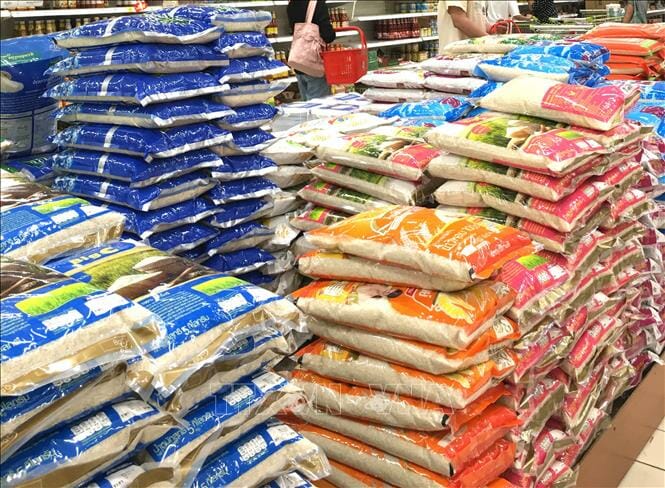Global food inflation on the downhill for the past 5 months. Global food inflation as reported by FAO of UN recorded at +0.3%yoy in Nov-22, the steepest since Aug-20. Among the components, price growth of oils and sugar recorded a contraction rate for 4-straight months, -16.2%yoy and -4.9%yoy respectively in Nov-22. However, Malaysia’s food inflation soared to a new peak point of +7.3%yoy.
Price growth of Food at Home surged to a new record high at +5.8%yoy whereas Food Away from Home touched a new fresh high again at +9.6%yoy. By items, rice & cereals inflation hit the highest point at +7.5%yoy while meat inflation was +8.2%yoy (3-month high), fish inflation at +3.5%yoy (3-month high), and milk, cheese & eggs inflation at +8.9%yoy (3-month high).
As a net-food importer, the depreciation of the Ringgit vs. USD by -9.4%yoy had partially caused the food inflation spike. Moving forward, research house MIDF expects Malaysia’s domestic food inflation to decelerate further following the slight correction of global commodity prices, particularly agriculture-related prices, and improving the supply chain both regionally and domestically. With the focus on resolving cost of living issues, it is believed food inflation to ease slightly starting in 1QCY23 amid government intervention on selected food prices. In addition, MYR is expected to be on an appreciating path as the Fed is signaling a slower pace of rate hikes from Dec-22 onwards.
A stable government formed post-GE15, also provides an additional booster for Malaysia’s macroeconomic fundamentals to further support MYR’s appreciation.
Meanwhile, Sarawak’s headline inflation was at the highest growth rate. Overall price growth registered at +4.7%yoy, the fastest pace ever seen. MIDF believes the main upside driver was the food inflation in the state which surged to a new record high at +8.5%yoy despite of receding transport inflation. Sabah inflation stayed at +3.8%yoy albeit with less price pressure from utilities and transport inflation. For all states, the main upward price pressure is food inflation.









